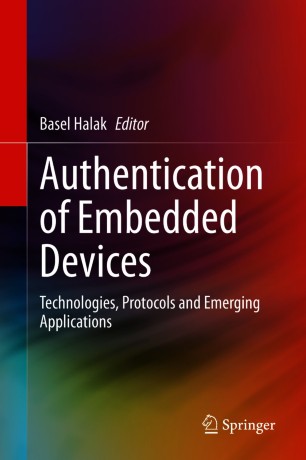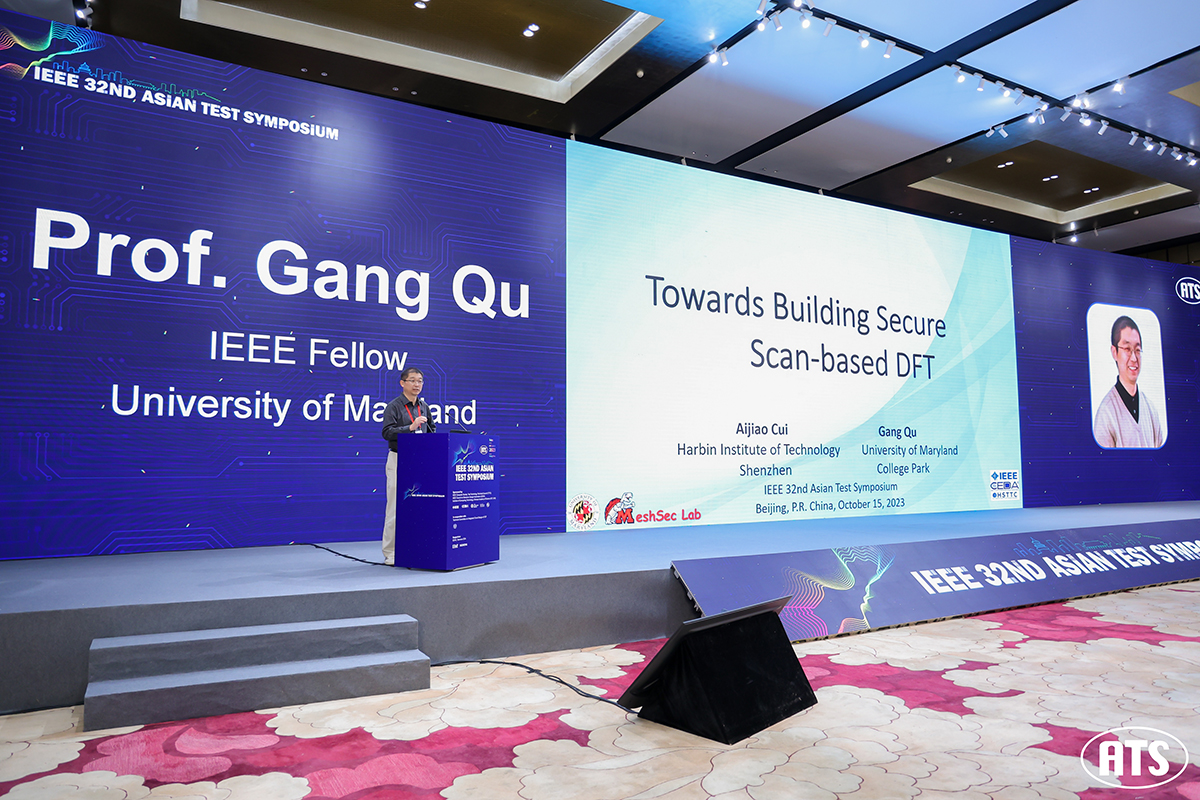News Story
Gang Qu and alumni contribute two chapters to authenticating embedded devices book

Professor Gang Qu (ECE/ISR) and two of his former students, Xi Chen (ECE Ph.D. 2018) and Md Tanvir Arafin (ECE Ph.D. 2018), have contributed two chapters to the new Springer book, Authentication of Embedded Devices: Technologies, Protocols and Emerging Applications. The book is edited by Basel Halak, the director of the embedded systems and Internet of Things program at the University of Southampton in England.
This book provides comprehensive coverage of state-of-the-art integrated circuit authentication techniques, including technologies, protocols and emerging applications.
In their chapter on Integrated Circuit Digital Fingerprinting–Based Authentication, Gang Qu and Xi Chen review the general requirements and the available schemes to create digital fingerprints for IP protection and discuss the challenges of applying these methods for device authentication in IoT applications and how to overcome these difficulties. They consider the fact that embedded devices are designed by reusing IP cores with reconfigurable scan network (RSN) as the standard testing facility and elaborate how to generate unique IC identifications (IDs) based on different configurations for the RSN. These circuit IDs can be used as IC fingerprints to solve the device identification and authentication problems. This IC fingerprinting method complies with the IEEE standards and thus has a high practical value.
In the chapter on Hardware-Based Authentication Applications, Gang Qu and Md Tanvir Arafin address how the widespread employment of the Internet of Things (IoT), results in authentication becoming a central concern in the security of resource constraint internet-connected systems. Interconnected elements of IoT devices typically contain sensors, actuators, relays, and processing and control equipment that are designed with a limited budget on power, cost, and area. As a result, incorporating security protocols in these IoT components can be rather challenging. The authors discuss hardware-oriented security applications for the authentication of users, devices, and data. These applications illustrate the use of physical properties of computing hardware such as main memory, computing units, and clocks for authentication applications in low power on IoT devices and systems.
Published March 8, 2021









